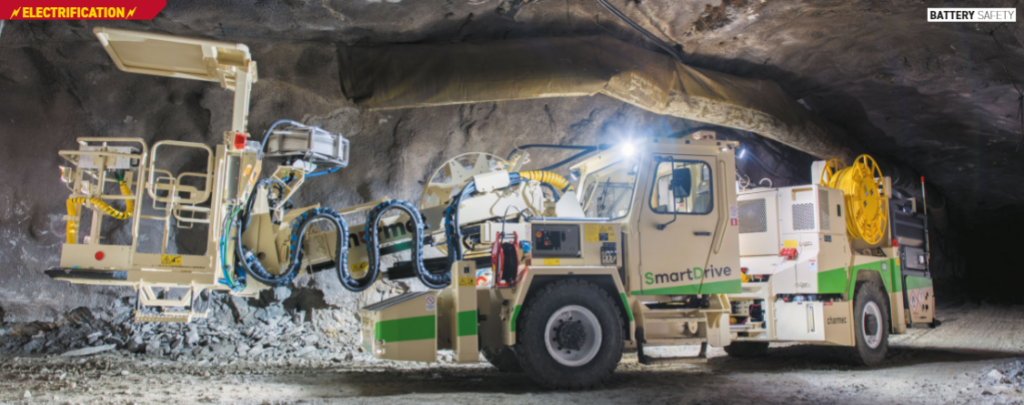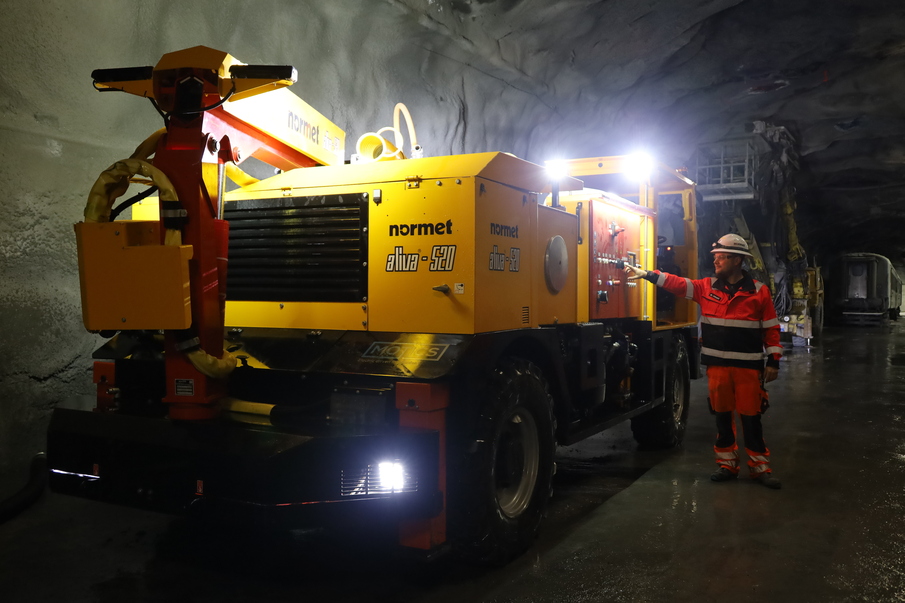



Expert Roundtable- BEVs- Economics in underground construction, organized by the SubSpace Energy Hub at Hagerbach Test Gallery in Flums, Switzerland – April 24th, 2024





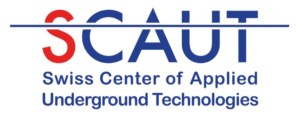











ABOUT SUBSPACE ENERGY
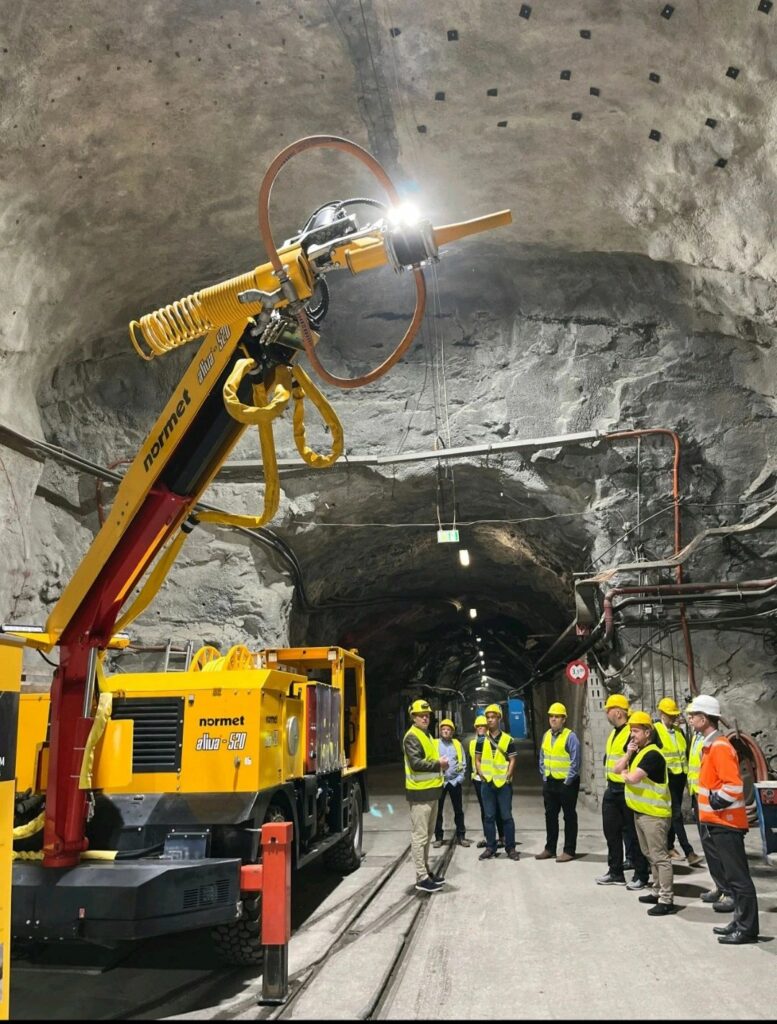
Subspace Energy
SUBSPACE ENERGY HUB at VSH (VersuchsStollen Hagerbach AG / Hagerbach Test Gallery Ltd) in Switzerland offers the ideal platform for the harmonized development, prototyping and installation of new technologies that promote best practice in sustainable energy use and storage, combining both above and underground facilities to benefit our society. It is a model ecosystem of sustainable energy storage and delivery, above and below ground, and how it supports green energy use in future cities.
What is the mission of SubSpace Energy Hub?
Listen to what Tom Melbye, former President of Normet Group has to say about the concept of SubSpace Energy Hub, which was initiated by him together with a group of renewed leaders in the mining and tunnelling industry, to support the green energy of the future.

PROJECTS
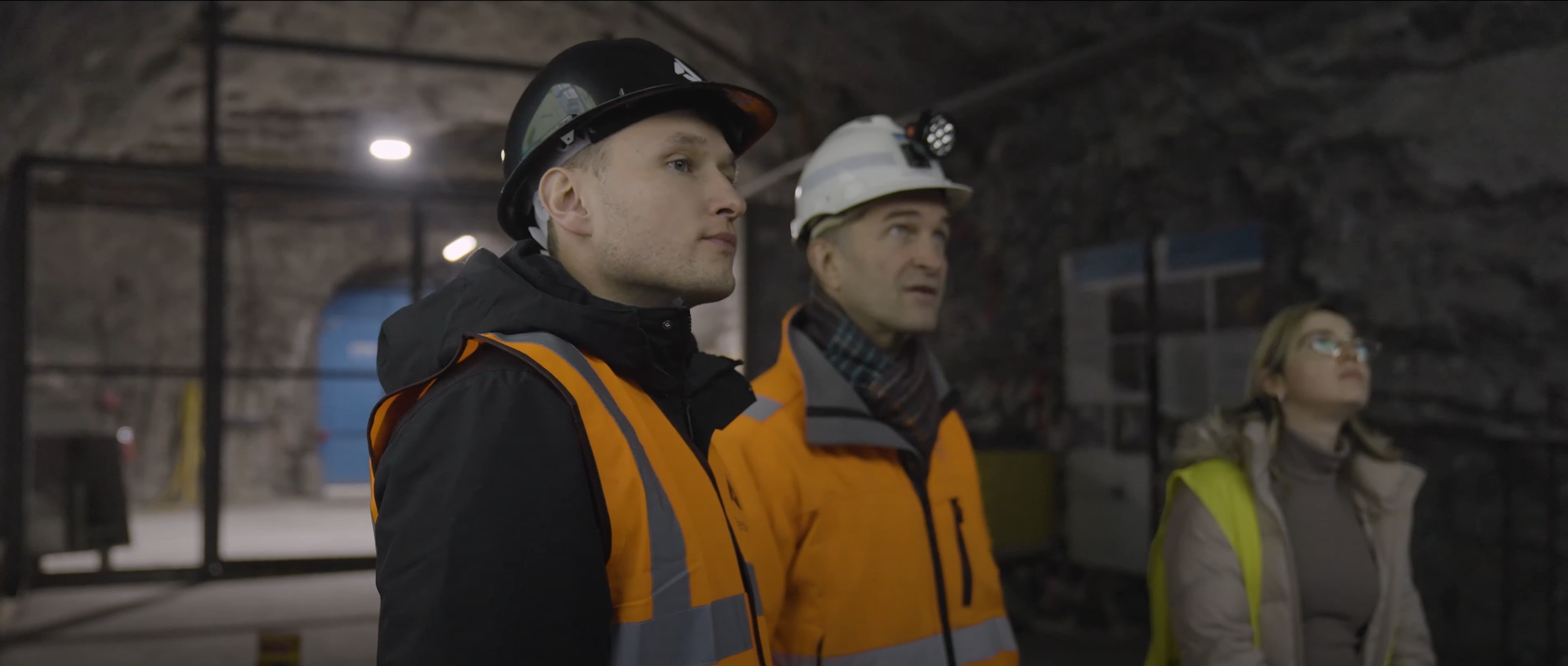
NEWS
SubSpace Energy Hub returns to the The Electric Mine
SubSpace Energy Hub is officially participating in The Electric Mine – and this time, we’re coming with our own booth! 💥
SubSpace Energy Hub represented at World Tunnelling Congress 2025 in Stockholm
We are participating at WTC 2025 in Stockholm and you can meet our representatives at Amberg Group Booth to learn more about our latest developments.
SubSpace Energy Hub Energy Hub attended Bauma exhibition in Munich
SubSpace Energy Hub Energy Hub attended Bauma exhibition in Munich and we’re thrilled to connect with key industry leaders to discuss the future of electrification.
Exciting Collaboration Alert: Shared offering SubSpace Energy Hub (Callio-Hagerbach)
We are thrilled to announce a groundbreaking collaboration between SubSpace Energy Hub, Callio Pyhäjärvi, and Hagerbach Test Gallery (VersuchsStollen Hagerbach AG) to come closer to the mining, construction and energy technologies industries needs with joint services and shared offering.
Callio Pyhäjärvi is the newest member of the SubSpace Energy Hub family!
Callio Pyhäjärvi is the newest member of the SubSpace Energy Hub family! Together, we’re set to explore innovative pathways to advance sustainable energy solutions.
